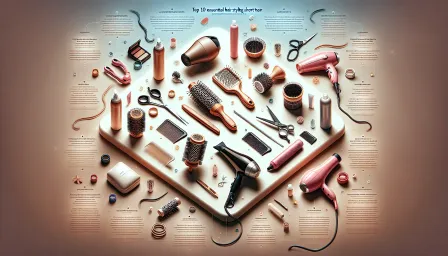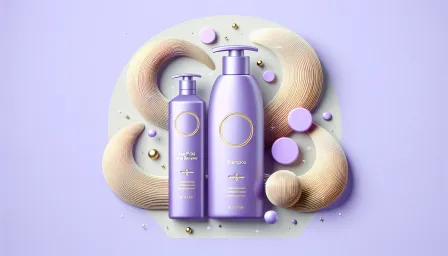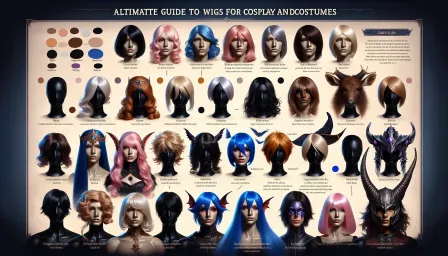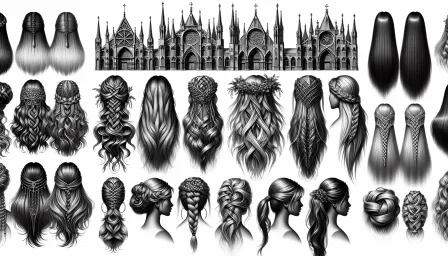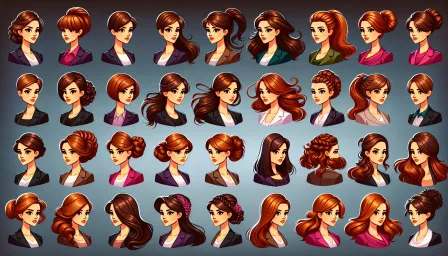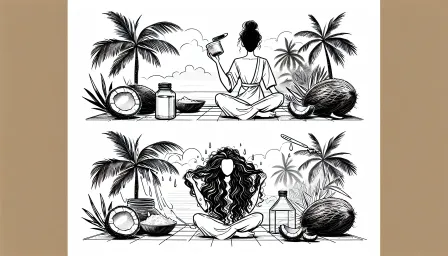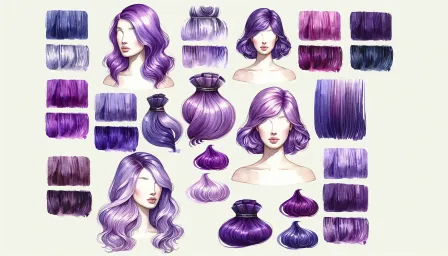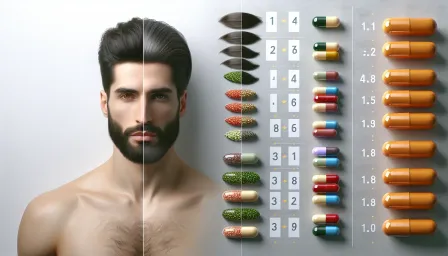Split Ends vs. Hair Breakage: Understanding the Difference for Healthier Hair
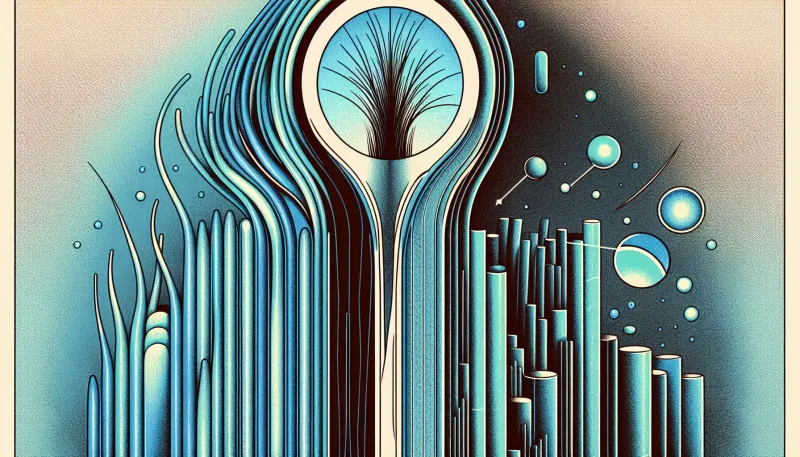
Learn the difference between split ends and hair breakage, and discover effective solutions for healthier hair. Expert tips and advice included.
Introduction
For many, hair care is an essential part of their daily beauty routine. However, understanding the difference between split ends and hair breakage can be confusing. While both can affect hair health, knowing their distinctions allows for better treatment and prevention methods. This article aims to elucidate the differences between split ends and hair breakage, providing valuable insights for maintaining healthier, luscious locks.
What are Split Ends?
Split ends occur when the tips of your hair become dry, brittle, and frayed. This usually happens when the protective outer layer of the hair cuticle is damaged. Once the cuticle wears away, the inner core of the hair fiber becomes exposed, leading to splitting and breakage.
Causes of Split Ends
- Excessive Heat Styling
- Chemical Treatments
- Environmental Factors
- Poor Hair Care Practices
Signs of Split Ends
- Frayed and uneven hair ends
- Rough and dry texture
- Difficulty in detangling hair
What is Hair Breakage?
Hair breakage refers to short pieces of hair breaking off from the rest of the strand. Unlike split ends, which occur primarily at the tips, hair breakage can happen anywhere along the hair shaft. This results in uneven hair lengths and thinning.
Causes of Hair Breakage
- Over-brushing or combing
- Lack of moisture
- Protein deficiency
- Stress and poor diet
Signs of Hair Breakage
- Short, broken hairs in your brush or comb
- Uneven hair lengths
- Overall frizzy appearance
Preventing Split Ends and Hair Breakage
Use of Proper Hair Care Products
Invest in quality shampoos, conditioners, and treatments designed for your hair type. Look for sulfate-free and paraben-free products enriched with natural oils and proteins to nourish and strengthen hair.
Minimize Heat and Chemical Damage
Limit the use of heat styling tools such as straighteners, curling irons, and blow dryers. When using them, always apply a heat protectant. Also, avoid excessive chemical treatments like coloring, perming, and relaxing.
Regular Trimming
Trim your hair every 6-8 weeks to eliminate split ends and prevent them from traveling up the hair shaft. This will ensure your hair remains healthy and strong.
Adequate Nutrition
A diet rich in vitamins, minerals, and proteins is essential for hair health. Include foods high in vitamins A, C, D, E, zinc, and biotin to promote hair growth and reduce breakage.
Gentle Handling
Be gentle while brushing or combing your hair, especially when it's wet. Use a wide-toothed comb or a brush with soft bristles to minimize breakage.
Treatments for Damaged Hair
Deep Conditioning Masks
Use deep conditioning masks once a week to restore moisture and repair damaged hair. Look for products with ingredients like keratin, argan oil, and shea butter.
Protein Treatments
Protein treatments help strengthen hair by replenishing lost proteins. Use them sparingly, as overuse can lead to hair becoming brittle.
Natural Oils
Incorporate natural oils like coconut oil, olive oil, and jojoba oil into your hair care routine. They help to seal in moisture, add shine, and reduce damage.
Conclusion
Understanding the difference between split ends and hair breakage is crucial for adopting the right hair care practices. By identifying the causes and signs of each, you can take proactive measures to maintain healthier hair. Regular trims, proper hair care products, and a balanced diet are key to preventing damage and achieving long-lasting hair health. Embrace these practices and your hair will thank you with strength, shine, and resilience.




